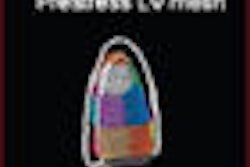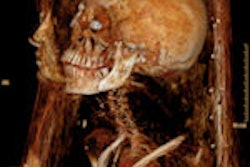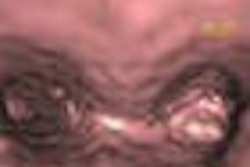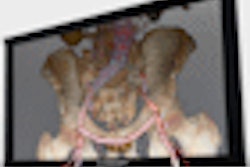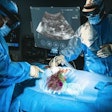Dear AuntMinnie Member,
In a blow to advocates of virtual colonoscopy, the U.S. Centers for Medicare and Medicaid Services (CMS) yesterday said that there isn't enough evidence to support federal reimbursement for VC for colorectal cancer screening.
The agency had been evaluating VC screening as a candidate for Medicare and Medicaid payments. But the technology got poor marks from a CMS panel convened in November to survey the evidence for and against VC screening, with most panel members stating that the evidence was incomplete in support of VC as a cost-effective tool.
What's next for VC proponents? The reimbursement battle will likely shift to regional third-party payors for the time being, and VC advocates will likely continue to gather data in support of another run at federal reimbursement. Get the rest of the story by clicking here, or visit our Virtual Colonoscopy Digital Community.
CAD for pulmonary embolism
In other news, computer-aided detection (CAD) software can help radiologists detect signs of pulmonary embolism in CT scans, particularly for inexperienced readers, according to new research we're featuring in our Advanced Visualization Digital Community. In the study, U.S. researchers used a prototype CAD algorithm to assist first-year residents who were interpreting a series of CT angiography exams.
The researchers found that the residents were able to double their sensitivity scores using CAD. But the software also produced a phenomenon now familiar in CAD -- more false positives. Learn more by clicking here, or visit the Advanced Visualization Digital Community at av.auntminnie.com.
320-row triple rule-out CT
Finally, a group of German researchers report on their experience with a 320-detector-row CT scanner for triple rule-out exams in our CT Digital Community.
Triple rule-out studies were initially developed for 64-slice CT scanners to examine patients with chest pain for three conditions: pulmonary embolism, aortic dissection, or extensive pneumonia. The idea is that a one-stop shop for assessing chest pain could get patients treated faster and save the healthcare system money.
Researchers from Charité Hospital in Berlin developed a triple rule-out protocol for 320-detector-row CT, and they found that it had a number of advantages over 64-slice systems. Find out what they are by clicking here, or visit our CT Digital Community at ct.auntminnie.com.




